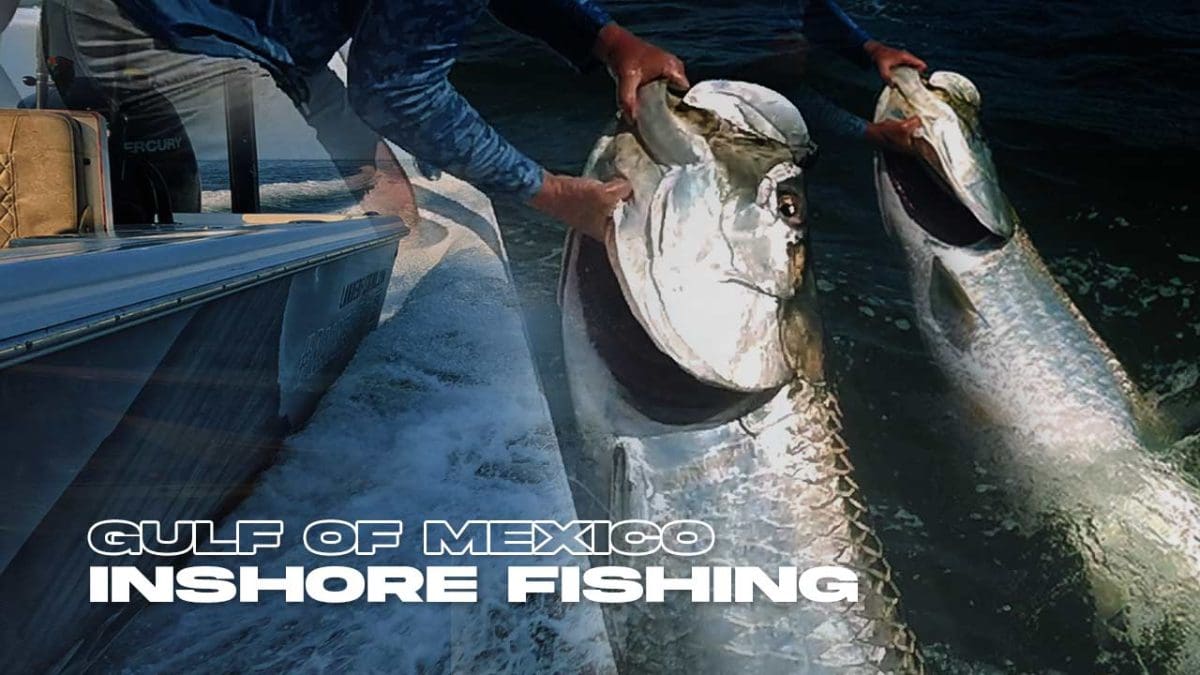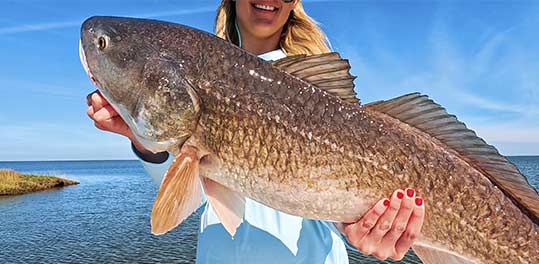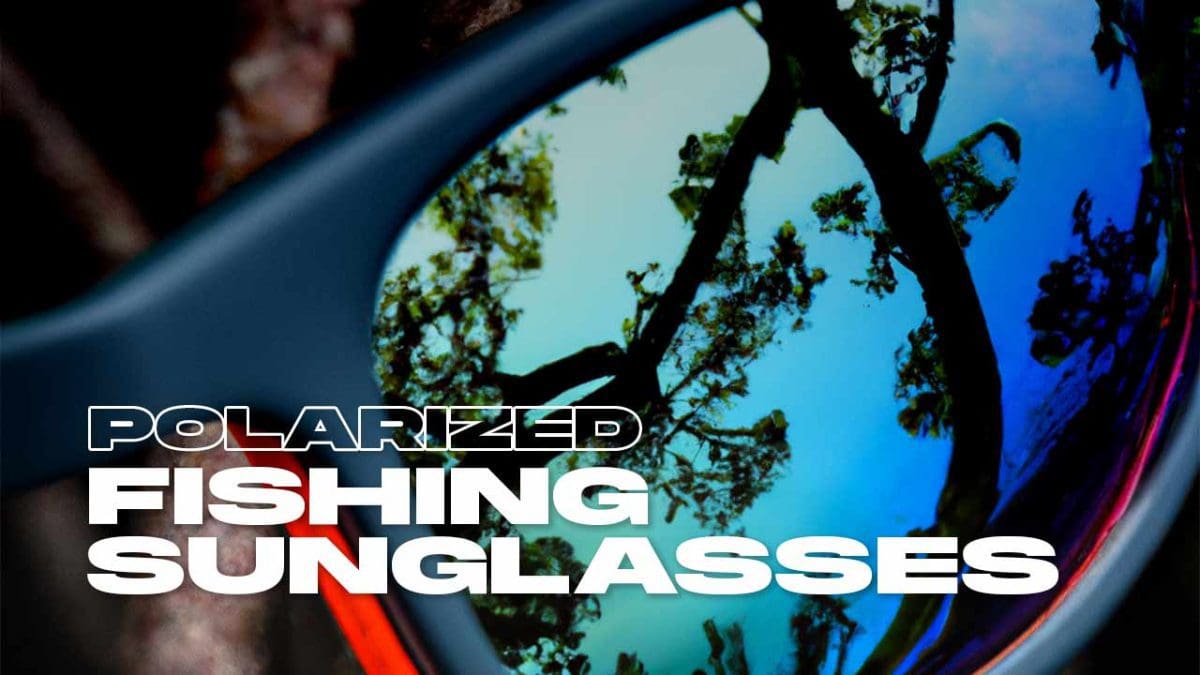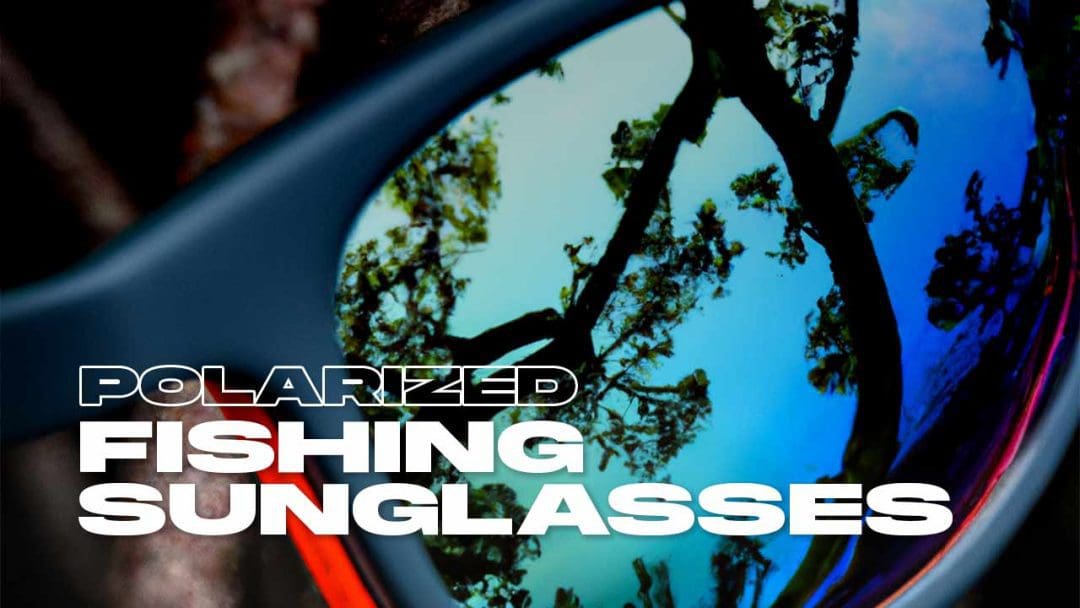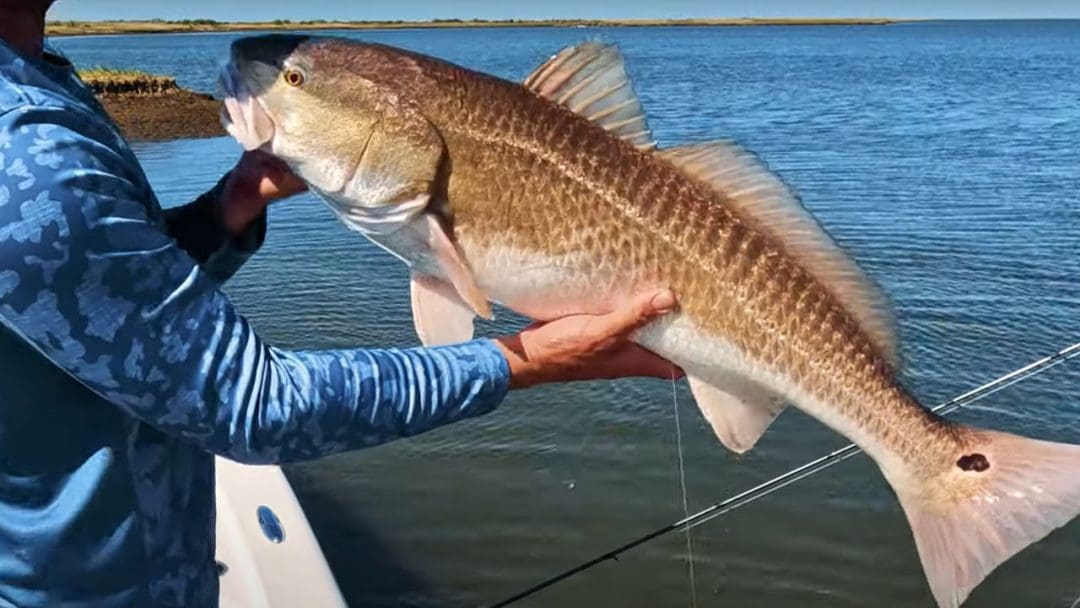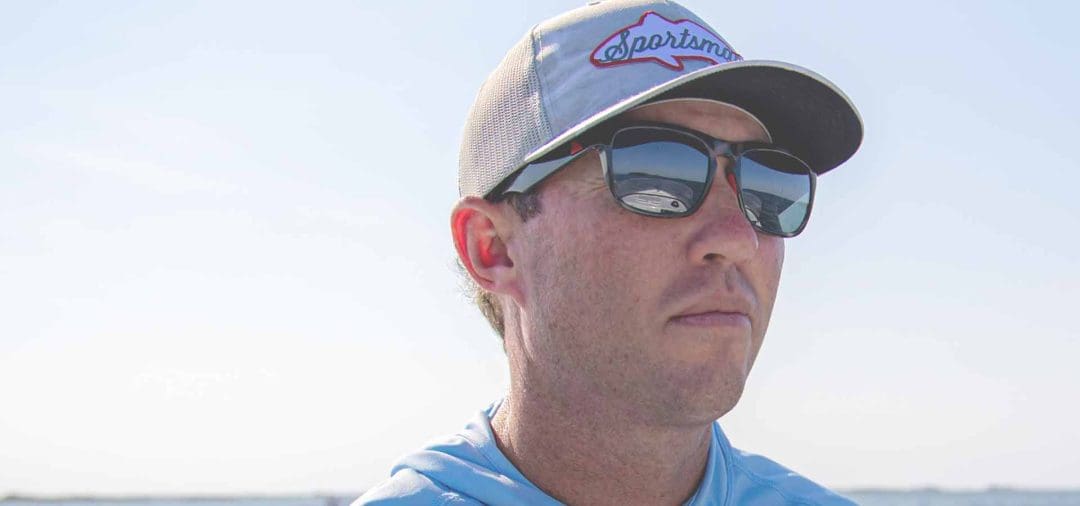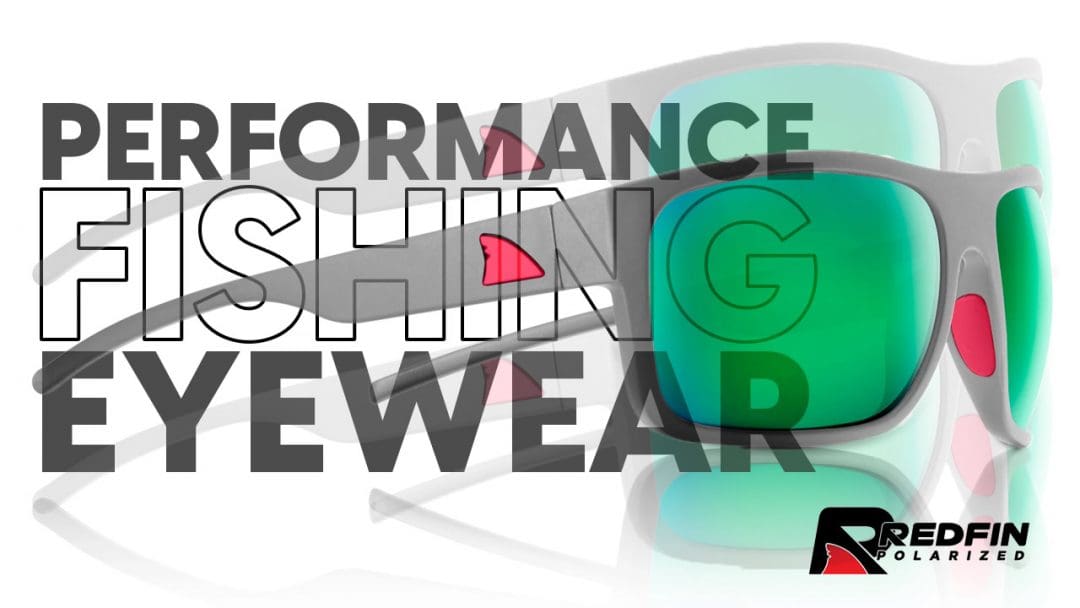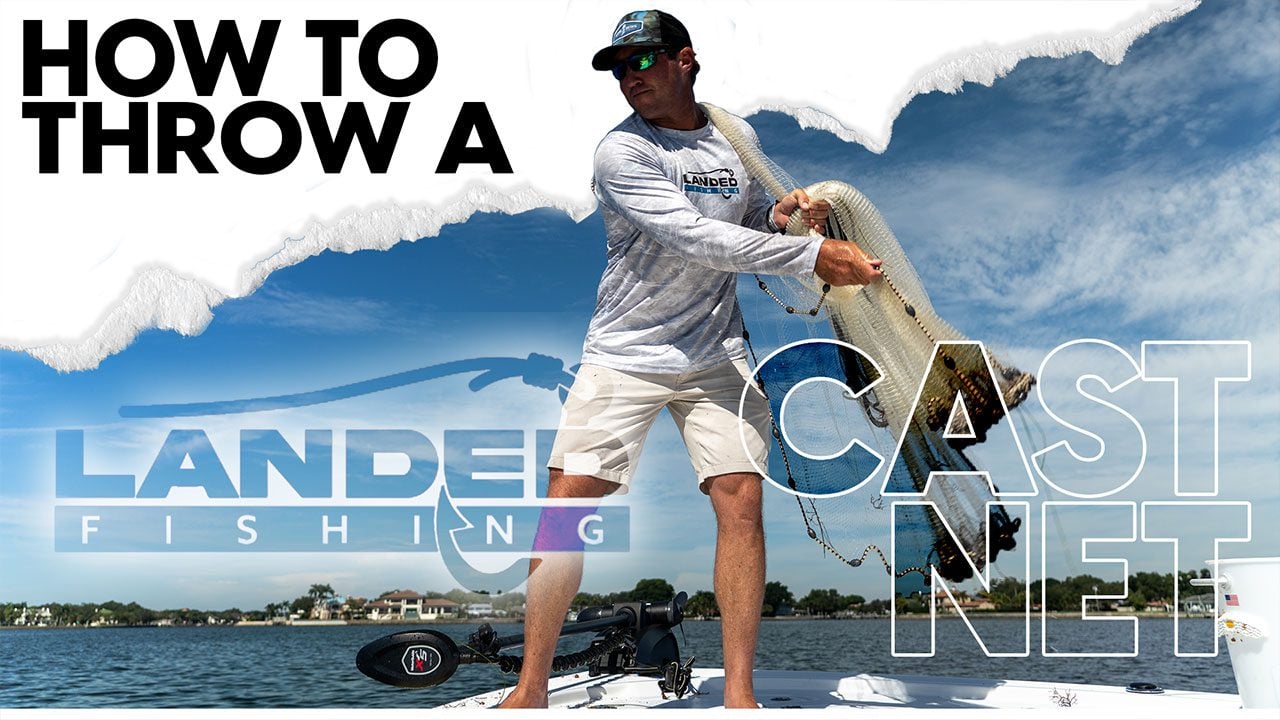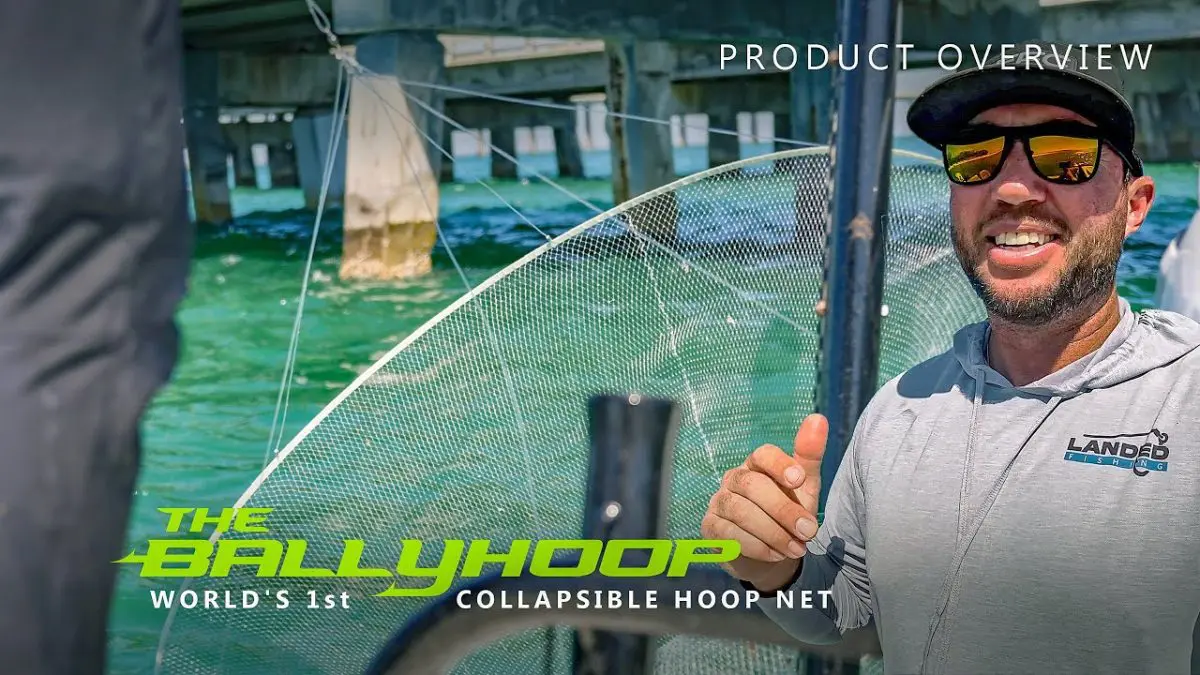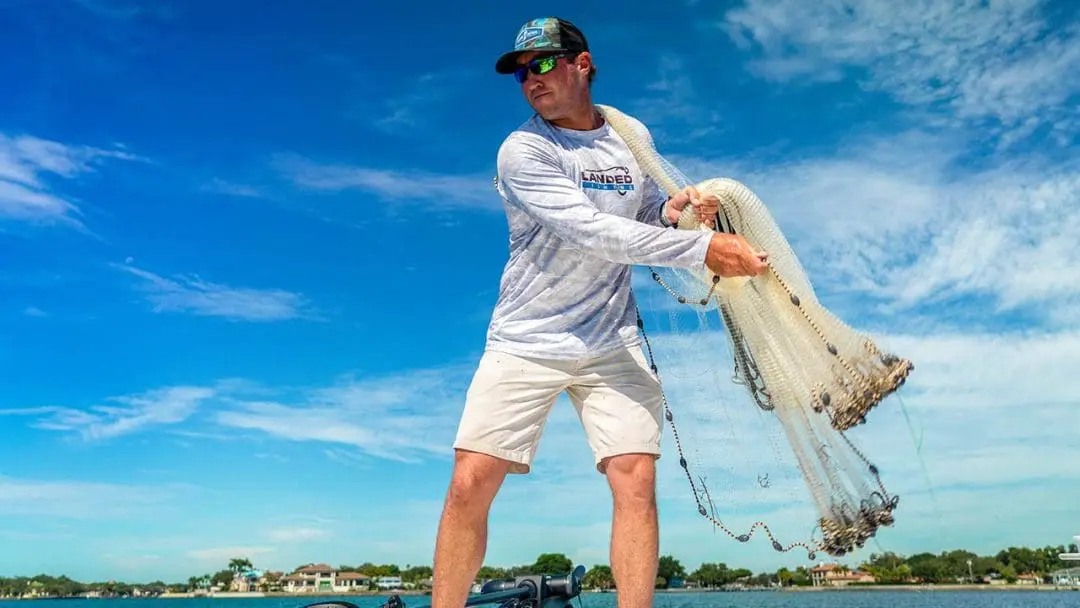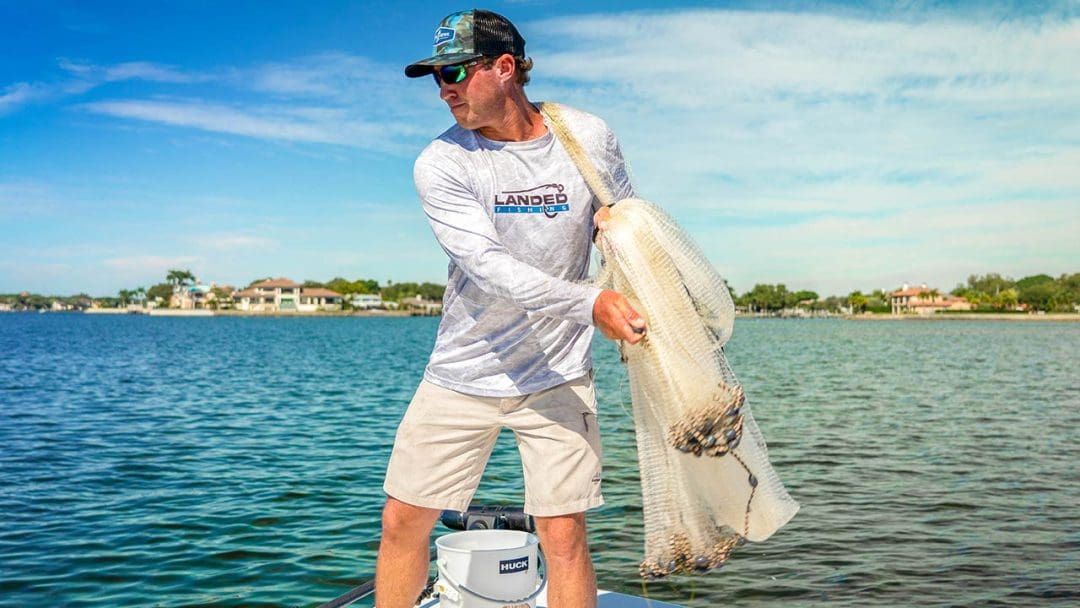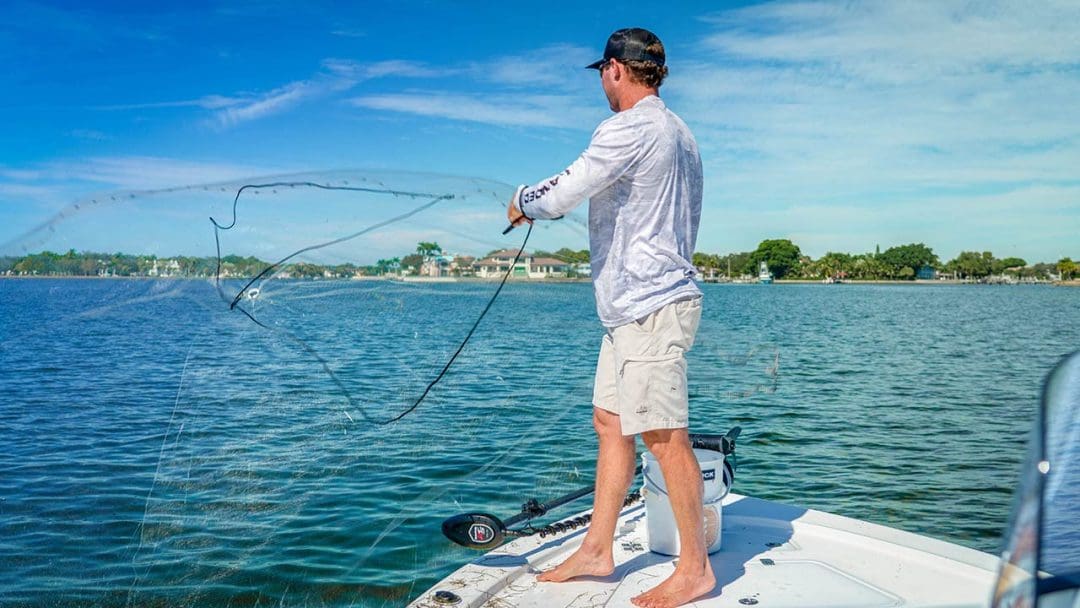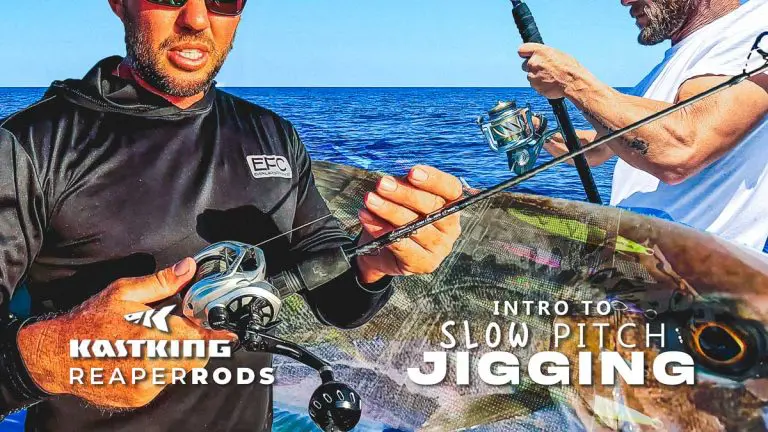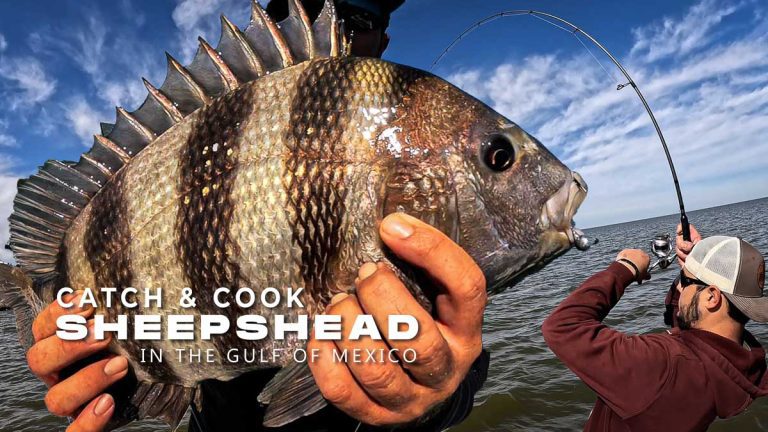Discover the Gulf Coast: Inshore Saltwater Fishing Species
Are you an avid fisherman looking for your next big catch? Look no further than inshore saltwater fishing, where you can find a variety of popular and reel-screaming fish species. From redfish to tarpon, speckled trout to flounder, there’s something for every angler.
Read on to learn more about these fish, their habitats and behaviors, and when and where to find them.
Gulf Coast Redfish:
The Majestic and Feisty Catch of Inshore Waters
Redfish are a favorite among inshore anglers for their beautiful copper color and aggressive behavior. Found along the Gulf Coast and Atlantic Ocean, they prefer shallow waters and can be caught year-round. They are known for their strength and will put up a good fight, making them a thrill to catch.
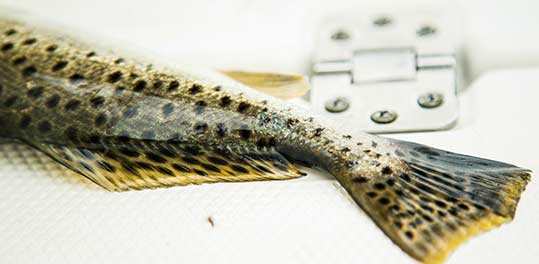
Gulf Coast Speckled Trout:
The Delicate and Delicious Prize of Inshore Fishing
Speckled trout are known for their delicate flavor and are a popular catch among inshore anglers. Found in coastal waters from Texas to Florida, they prefer shallow waters and can be caught year-round. They are known for their elusive behavior, making them a challenge to catch, but the reward is worth it.
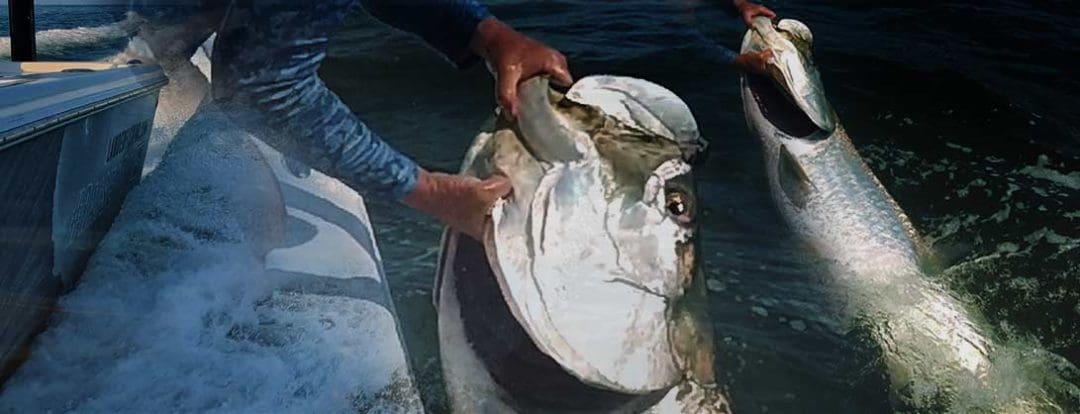
Gulf Coast Tarpon:
The King of Inshore Saltwater Fishing
Tarpon are the ultimate prize for inshore anglers, known for their sheer size and acrobatic jumps. Found along the Gulf Coast and Atlantic Ocean, they prefer warm waters and can be caught during the summer months. They are known for their unpredictable behavior and are a true test of an angler’s skill.
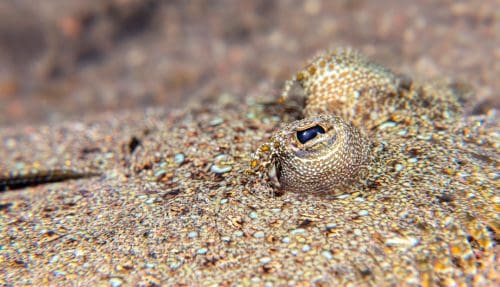
Gulf Coast Flounder:
The Camouflaged and Tasty Catch of Inshore Waters
Flounder are a popular catch among inshore anglers for their delicate and delicious flavor. Found along the Gulf Coast and Atlantic Ocean, they prefer shallow waters and can be caught year-round. They are known for their unique camouflaging abilities, making them a challenge to spot and catch.
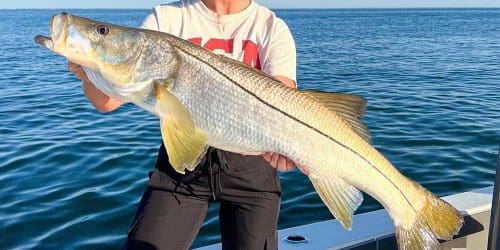
Gulf Coast Snook:
The Elusive and Acrobatic Catch of Inshore Waters
Snook are a prized catch for their acrobatic jumps and sleek body. Found in the coastal waters of Florida and the Gulf of Mexico, they prefer warmer waters and can be caught year-round. They are known for their elusive behavior, making them a challenging catch for even the most experienced angler.
Commonly Caught Fish in The Gulf of Mexico
The Gulf of Mexico is home to a wide variety of fish species, and the types of fish that are commonly caught can vary depending on the season, location, and fishing techniques used. However, some of the most common fish species that are reported to be caught in the Gulf of Mexico include:
Red Snapper
A popular game fish with a bright red color and a delicious flavor.
Grouper
A bottom-dwelling fish that can grow quite large, with some species weighing up to 800 pounds.
Mahi Mahi
Also known as dorado or dolphin fish, this species is known for its vibrant colors and acrobatic jumps.
Tuna
Several species of tuna can be found in the Gulf of Mexico, including yellowfin, blackfin, and bluefin tuna.
King Mackerel
A fast-swimming fish that can be caught using a variety of techniques, including trolling and live bait fishing.
Cobia
A large fish that can be found near structures like reefs and oil rigs, and is prized for its firm, white flesh.
Amberjack
A strong and aggressive fish that can be caught using heavy tackle and live bait.
Tarpon
A challenging game fish that is known for its impressive size and acrobatic jumps.
Gulf Coast Inshore Saltwater Fish:
Understanding Gulf Fish Species: Habitat and Behaviors
Understanding the habitat and behaviors of inshore fish is crucial to finding and catching them. Most inshore fish prefer shallow waters with plenty of cover, such as grass beds, oyster bars, and mangrove trees. They are also affected by water temperature, salinity, and tides. Learning these patterns and behaviors can help you target and catch the fish you’re after.
Seasonal Patterns and Migrations in the Gulf of Mexico:
When and Where to Find Inshore Fish
Knowing the seasonal patterns and migrations of inshore fish can greatly increase your chances of catching them. Many inshore fish migrate to different areas based on the time of year, weather, and water conditions.
For example, tarpon can be found in warmer waters during the summer months, while redfish can be caught year-round in shallow waters. Understanding these patterns can help you plan your fishing trips and catch more fish.
Inshore saltwater fishing offers a variety of popular and fascinating fish species for anglers of all levels. Understanding their habitats, behaviors, and seasonal patterns can greatly increase your chances of catching them.
So grab your gear and head out to the inshore waters for your next big catch!
Get Hooked Up,
Subscribe to Landed Fishing
Our expert guides share tips and techniques, showcasing thrilling catches of popular fish species like redfish, snook, and tarpon.
Enjoy high-quality videos capturing the excitement of the catch and challenges in the Gulf of Mexico.

